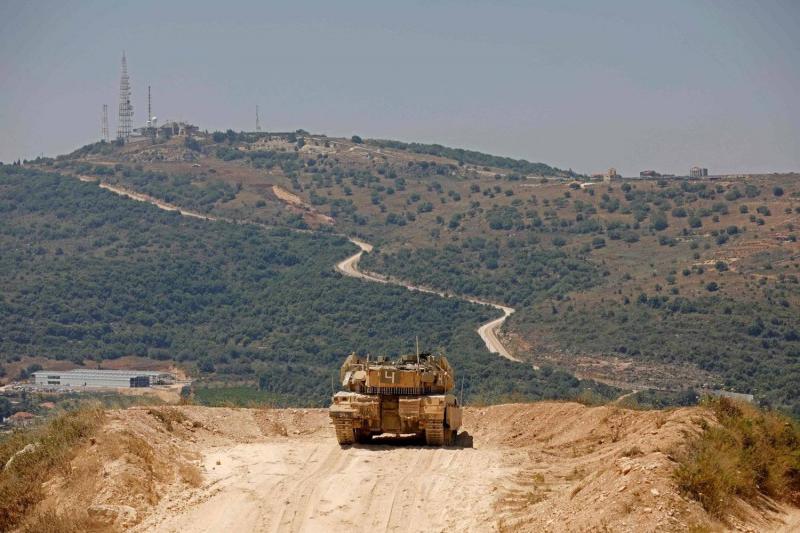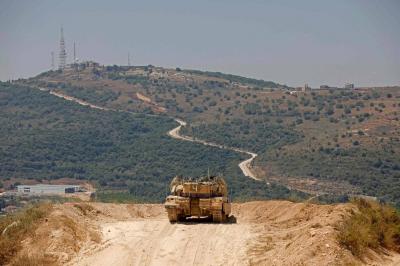The second phase of the war on Gaza has begun after seven days of a ceasefire. This initiation appears to be desired by the United States after sensing that the humanitarian ceasefires facilitated by it had led Israel to engage in indirect negotiations with Hamas, undermining all declared objectives of the war. In this context, U.S. Secretary of State Antony Blinken's recommendation to avoid targeting civilians was merely a means to extricate Israel from the dilemma of reconciling Israeli objectives with negotiations with Hamas and to give the green light for a return to combat.
Simply segmenting the Gaza Strip into squares does not absolve the Israeli army and the U.S. administration from the blood of unarmed Palestinians and the destruction of homes, schools, and hospitals. Furthermore, the absence of U.S. diplomacy—which accompanied the first phase of the war—in Ramallah, Tel Aviv, and Cairo leaves no doubt that the United States aims to transition the conflict to a new phase with objectives that extend beyond Israeli security and the formation of a new Palestinian authority after the war. In this sense, the Israeli failure aligns with the American failure, rendering the war on Gaza an open-ended American responsibility, complicating the conditions for a ceasefire, and raising questions regarding the underlying goals of the significant American naval forces being brought to the region.
The United States desires the ongoing war in Gaza to be the last chapter of the Arab-Israeli conflict and the final wars in the region with the goal of reshaping it after a concerted American effort since the 1980s to undermine the model established by the Sykes-Picot Agreement, rendering its entities into failed states by all standards. In this regard, one can understand the organic relationship and complex intersections between Washington and the Islamic Republic of Iran, which has thus far toppled four countries in the region, three of which (Lebanon, Syria, and Iraq) were formed under the aforementioned agreement, in addition to its role in ending the model of the nation-state in favor of a sectarian state model that is fracturing internally and at war with its surroundings.
This context sheds light on the ongoing American welcome and reassurance regarding Iranian expansion in the region since the first Gulf War following Iraq's occupation of Kuwait in 1991 and helps explain the shared Iranian-American sponsorship for the birth and arming of all sectarian militias in the region. Notably, Tehran has reaffirmed since day one its disassociation from the Al-Aqsa Flood, but even more striking was the American insistence that there is no connection between Tehran and recent events, accepting Tehran's claims that it does not exercise patronage over the militias it supports and that all their actions are undertaken independently of Tehran.
In a bid to inject more surrealism into the scene and under the pretext of relieving pressure on Gaza, Iranian arms in Lebanon, Syria, Iraq, and Yemen demonstrate a well-documented pattern of precise operational discipline, respecting Tehran's presence across all theaters from the Red Sea to U.S. bases in Iraq and Syria, extending to southern Lebanon, while not touching on the real threat of changing the established rules of engagement. On the other hand, despite its military capabilities spread across the Mediterranean, Red Sea, and Arabian Gulf, along with numerous military bases, the United States parentalizes the threats posed by the Houthis to navigation in the Red Sea, asks the Iraqi government produced by the Iran-backed coordination framework to address the attacks carried out by the militias on American bases, while it threatens to close the route between Syria and Iraq without actually doing so, and calls on the Lebanese government to refrain from escalating conflicts along the southern border.
Iranian militias have now become one of the components of American presence in the region and one of the key justifications for its success, which is being reused to impose harsh demands, starting from Gaza, on regional countries, especially those sharing borders with Israel. This indicates a utilitarian approach to existing forms of infringement and the political incapacitation of countries in the Iranian crescent. The latest example of Iranian transgression in Lebanon was echoed in a statement from the Islamic Resistance Movement—Hamas in Lebanon—yesterday, in which it announced the establishment and launch of the Vanguard of the Al-Aqsa Flood, inviting youth, men, and heroes (as stated in the announcement) to join the vanguards of the resistance and participate in shaping the future and liberating Jerusalem and the blessed Al-Aqsa Mosque. As Lebanon falls further into horrific regional quagmire, the Lebanese government drifts towards greater political delirium.




